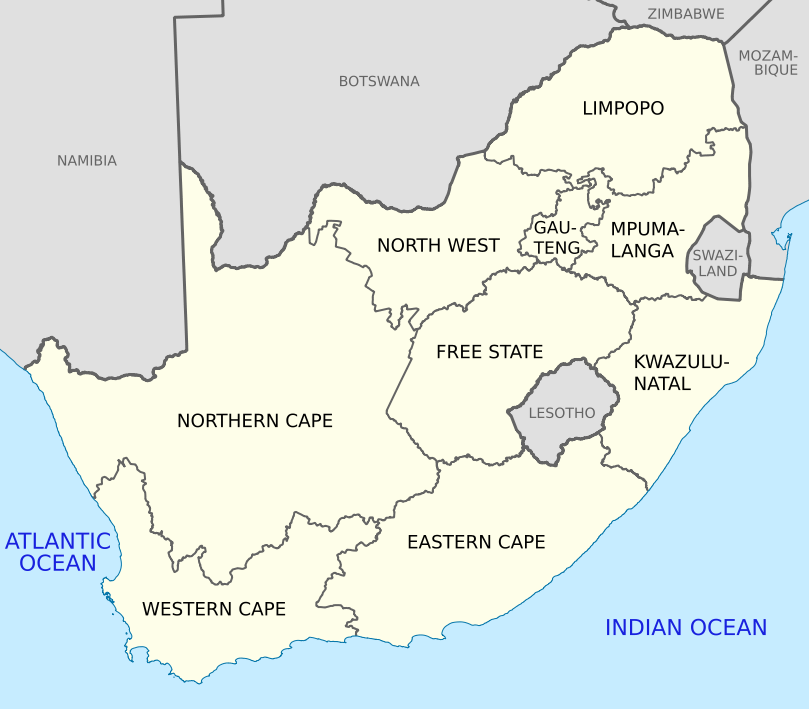by Johan Burger The NTU-SBF Centre for African Studies publishes a weekly newsletter on issues relevant to Africa. This paper is based on issues addressed […]
Category: South Africa News
South Africa News
Friday@Noon on Regional Integration in Africa: 2018
by Johan Burger The NTU-SBF Centre for African Studies publishes a weekly newsletter on issues relevant to Africa. This paper is based on issues addressed […]
Loadshedding: why mini grids are the answer and why South Africa doesn’t have them (yet)
“Whole communities and towns can become 100% energy independent” “Mini grids could very quickly sort out a lot of the biggest challenges that South Africa […]
Towards a world without waste
The invention of plastic has changed the world in so many ways – for both better and worse – that it’s hard to picture modern […]
Doing Business in Top 5 Cities of South Africa
Easy of Doing Business in Thekwini (Durban) Easy of Doing Business in Cape TownSouth Africa is a country of a mixed economy. It has a […]
Health (in)security and migration: African lessons for a world in transition
By Annamarie Bindenagel Šehović Analysis in Brief: Global health security lies at the intersection of Europe and Africa, between inherited state-based intervention and a new […]
SA tech company tackles water crisis
“SAVING WATER GETS A SMART SOLUTION“ Cape Town’s drought has changed most South Africans’ thinking around water usage and the future of the country’s water […]
Transformation in Africa’s digital retail landscape
Undeniably, digital transformation continues to dramatically change the way we live and do business – almost daily it seems. Globally, the retail industry is one […]
Maputo Could Be a Mega-Ship Port
The Port of Maputo in Mozambique has excellent development potential. It is located along the east coast of Southern Africa, to the north of the […]
Super-Wide Rail Cars Could Boost Port Transfers
The majority of maritime ports worldwide offer the option of intermodal transfer of containers between maritime and railway transportation, and at some ports, the port […]




